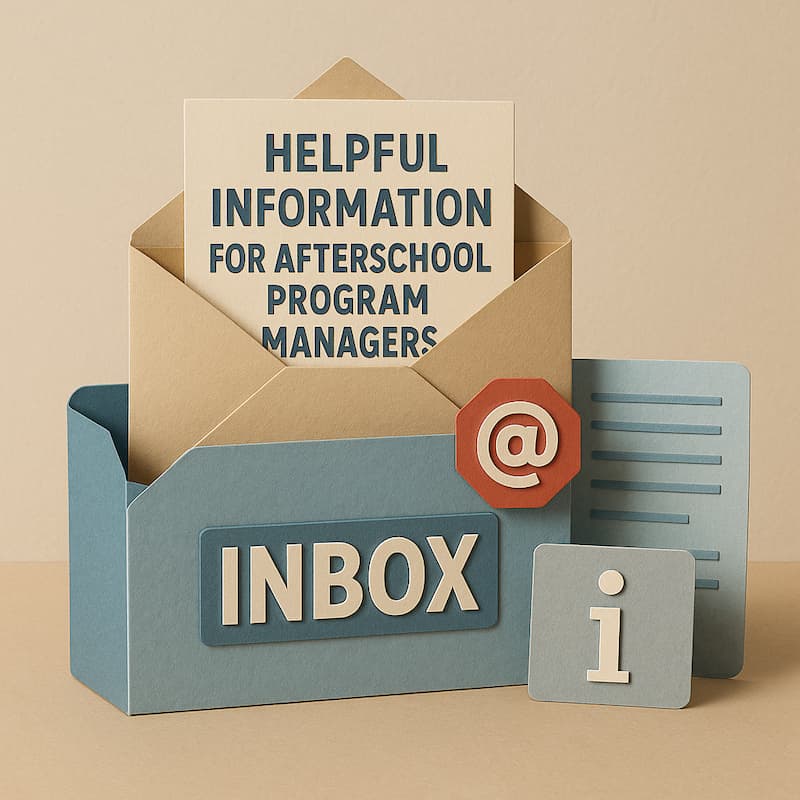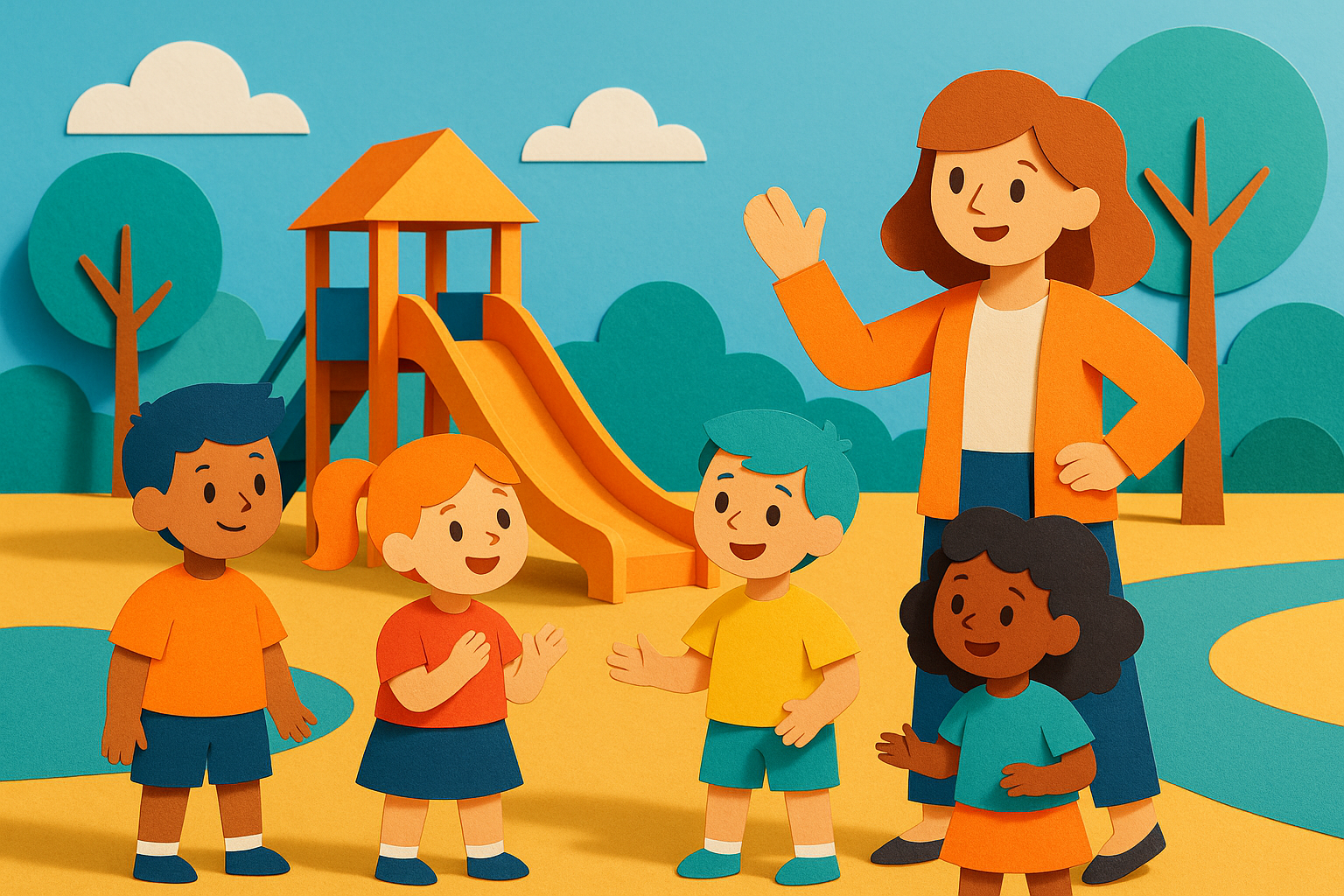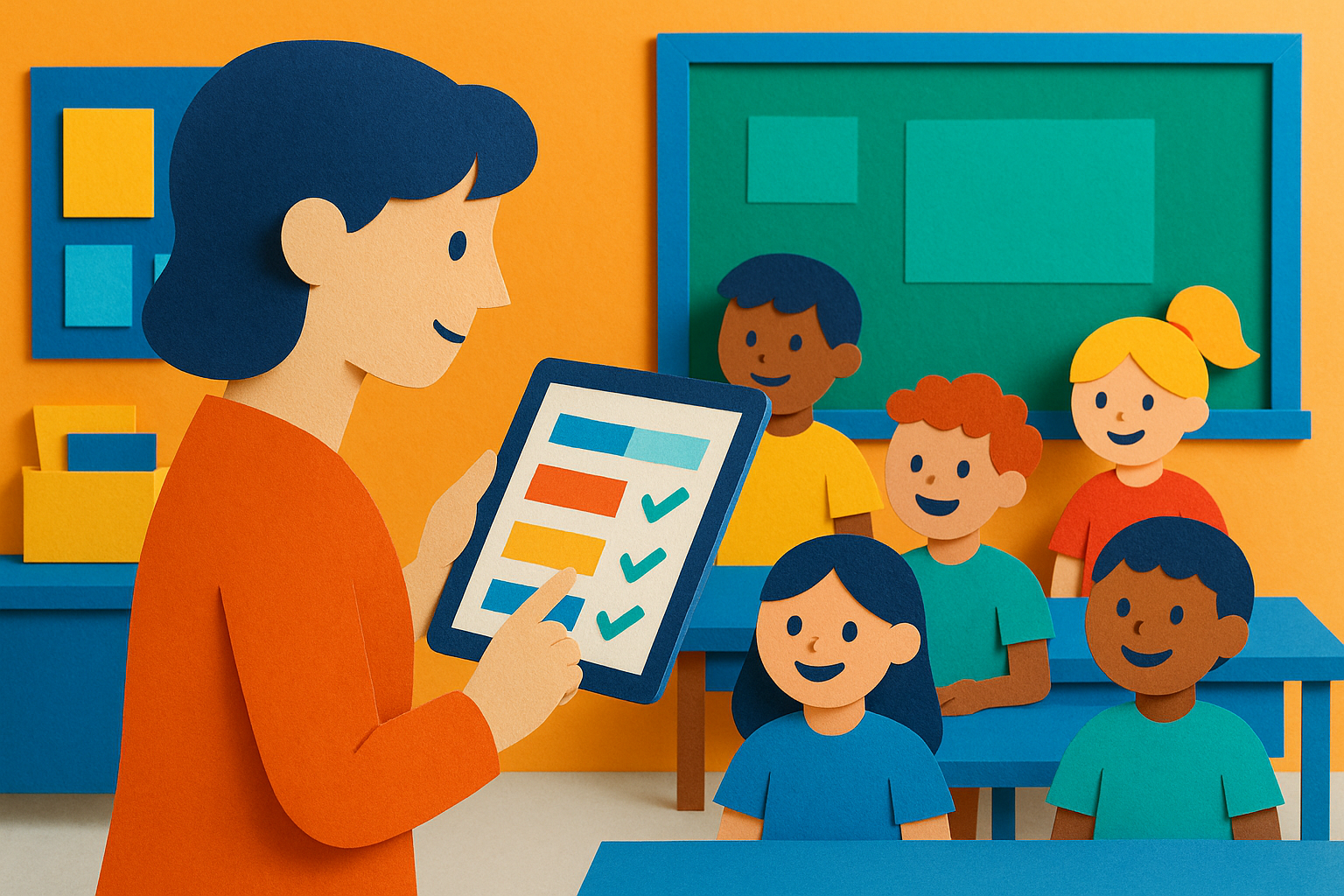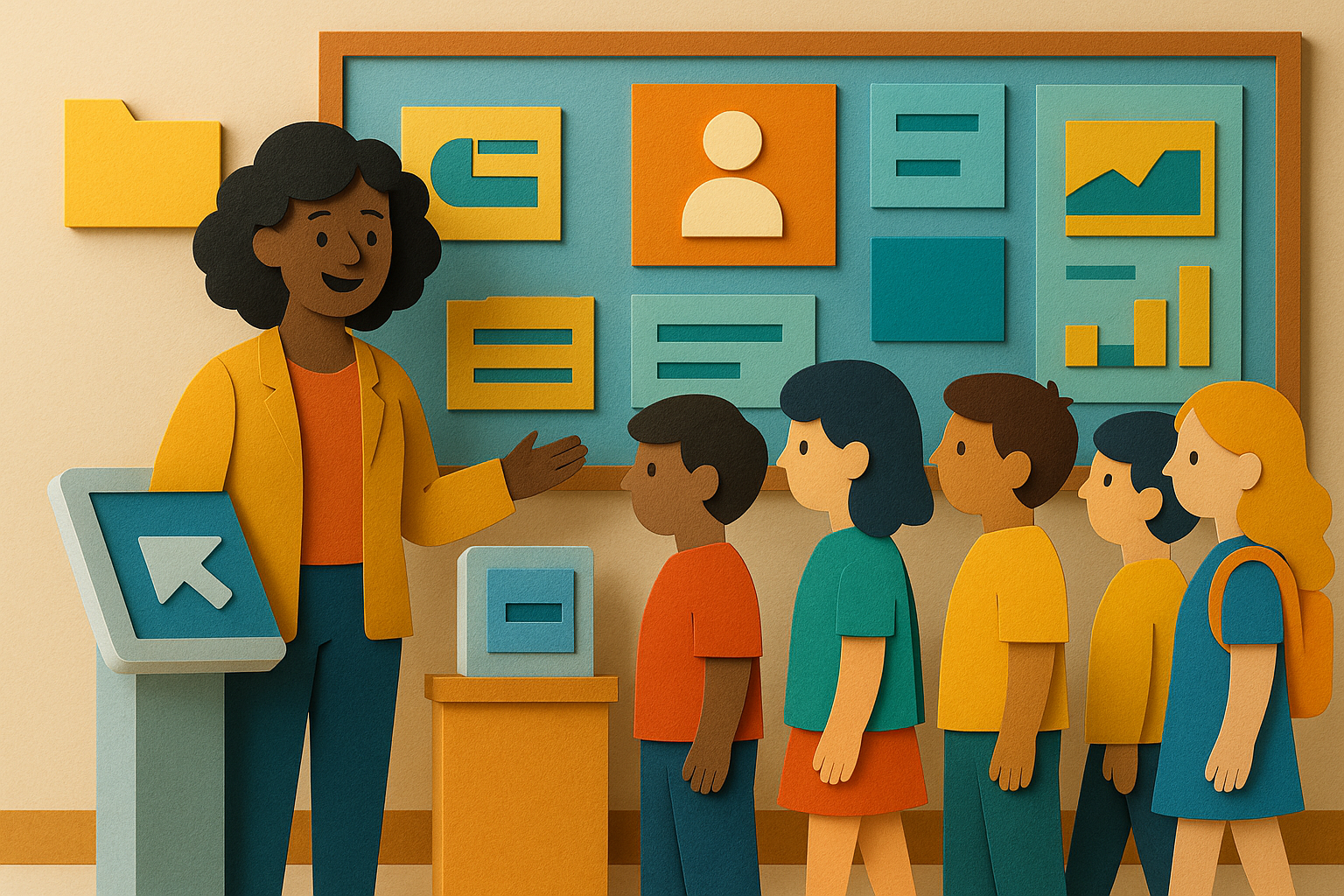Building Strong Partnerships for Your OST Program Success
Strategic community partnerships are incredibly valuable for California’s Out-of-School Time programs. These collaborations significantly boost resources, expand support systems, and increase positive impacts for students, families, and the community.
For many state and federally funded afterschool initiatives, these partnerships form a core component, unlocking new expertise, staffing, and access to unique facilities. Let’s explore identifying ideal partners, developing effective agreements, enriching your program through these relationships, and sustaining these connections for long-term student success.
Building these bridges can transform your program into a richer, more impactful experience for every child.
Finding Community Partners for Your Program
Identifying the right community partners starts by clearly understanding your Out-of-School Time (OST) program’s specific needs. Perhaps you require specialized instruction in coding or the arts, volunteers for homework help, or access to unique facilities like a local theater.
Once your needs are clear, begin exploring your community. Local businesses might offer sponsorships, supplies, or guest speakers for career exploration. Higher education institutions can provide student volunteers or tutors and offer access to specialized facilities. Nonprofit and community organizations often have expertise in youth development or enrichment activities.
Local government agencies, such as parks and recreation departments or libraries, can also be valuable partners. Cultural organizations can enrich your program through arts education. As you assess potential partners, ensure their mission aligns with your goals to maximize student success. Clear data on student participation helps demonstrate your program’s value when seeking support from potential partners.
Creating Successful Partnership Agreements
Building strong, lasting collaborations relies heavily on effective partnership agreements. These understandings, often formalized through a Memorandum of Understanding, ensure clarity and mutual benefits for all involved.
Establish shared goals and measurable objectives clearly so everyone agrees on the partnership’s aims regarding student learning and organizational benefit. Defined roles and responsibilities outline specific tasks related to program delivery, communication, and data management.
Agreements should detail resource sharing, including funding, staff time, facilities, or expertise. Solid communication plans determine how partners will coordinate efforts continuously. When handling student information, ensure strict data-sharing protocols are followed to protect privacy. Establishing timelines and renewal conditions helps manage expectations.
Partnerships flourish when both parties see clear value. Tracking student attendance and engagement in partner-led sessions provides actionable insights into effectiveness, helping manage service agreements and highlight areas for further development.
Enriching Your Program Through Collaboration
Strategic partnerships offer practical ways to enhance your Out-of-School Time programs, significantly boosting student experiences and outcomes. Collaboration can introduce specialized guest speakers or instructors for unique workshops in areas such as robotics, music, or drama, enabling students to develop new skills.
Imagine students learning coding directly from software engineers or drama from local theater professionals. Partnerships can grant access to new facilities or advanced equipment like college science labs or community arts centers, creating dynamic and engaging learning environments.
Moreover, these connections can establish specialized clubs or mentorship opportunities, linking students directly with professionals and real-world applications of their learning. Community organizations often provide dedicated volunteers, enabling more personalized academic support and attention.
Effectively managing schedules and student participation across various partner-led activities ensures smooth operation and maximizes student engagement, broadening their overall learning experience.
Growing Your Supportive Partner Network
Sustaining and expanding your network of community support is essential for the long-term success of your Out-of-School Time program. Building strong relationships with partners is an ongoing practice.
Consistent communication keeps partners informed about program updates, student successes, and challenges. Regular check-ins provide opportunities to review progress, address issues, and ensure mutual goals remain aligned. Acknowledging partner contributions, both formally and informally, reinforces their sense of value and commitment.
Adaptability is crucial, as partnerships must evolve with shifting program needs and partner capabilities to maintain relevance and effectiveness. Sharing positive program data, particularly relating to student engagement and academic achievement, demonstrates the tangible benefits of partner involvement.
Tools that facilitate sharing this data help foster stronger relationships with community partners, ultimately enhancing your program’s overall impact. Building and nurturing these supportive partnerships creates more opportunities for student learning, social and emotional development, and overall youth success.








